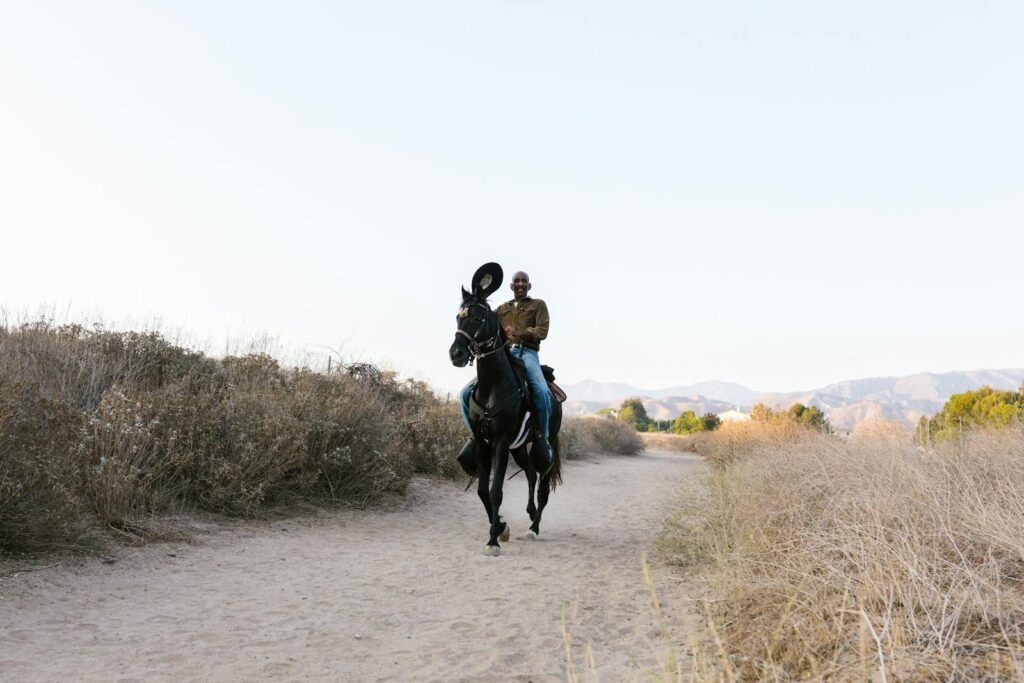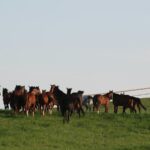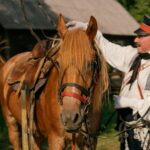For equestrians undertaking extended journeys—whether competitive endurance rides or leisurely trail adventures—understanding how to manage a horse’s energy reserves effectively is essential. Like athletes, horses require proper pacing, nutrition, and recovery to perform at their best over long distances. The difference between a successful ride and one that ends in exhaustion often depends on the rider’s ability to read their horse and make timely adjustments. This article outlines key strategies for maintaining your horse’s stamina, preventing fatigue, and ensuring that both horse and rider complete the journey safely and comfortably.
Understanding Your Horse’s Baseline Fitness
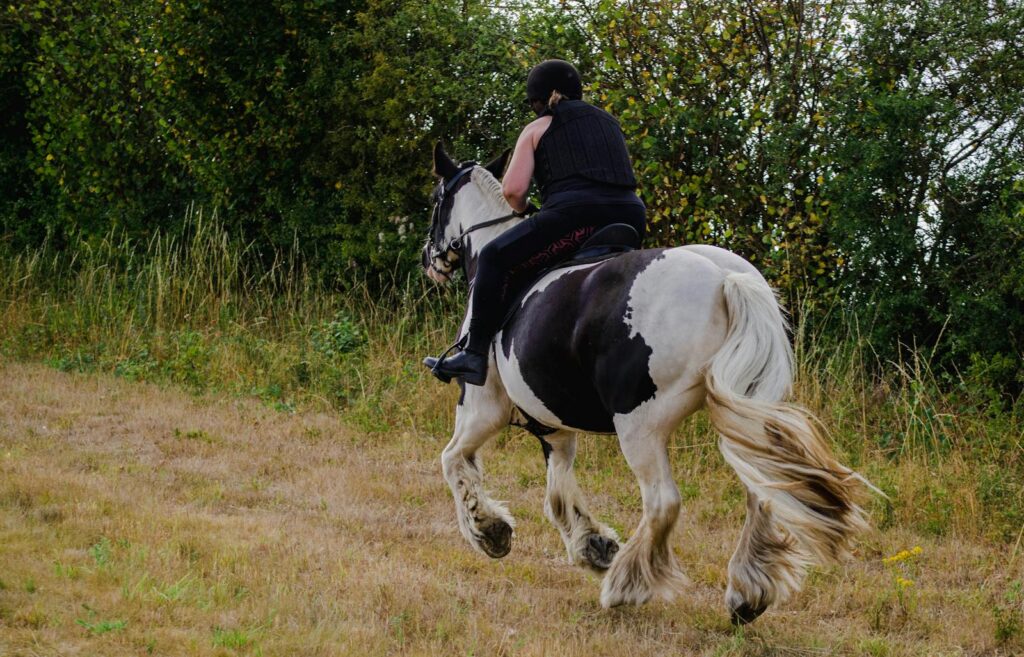
Before embarking on any extended ride, it’s important to have a realistic understanding of your horse’s current fitness level. A horse that typically works for 30 to 45 minutes three times a week cannot suddenly handle a six-hour trail ride without proper conditioning. Evaluate your horse’s recovery rate by observing how quickly their heart rate and breathing return to normal after exercise. Track performance over time by noting how well your horse maintains energy during gradually longer workouts. Keep in mind that building fitness is a gradual process, usually requiring at least three months of consistent, progressive training to prepare for significantly longer rides than your horse is used to.
Implementing a Progressive Training Schedule
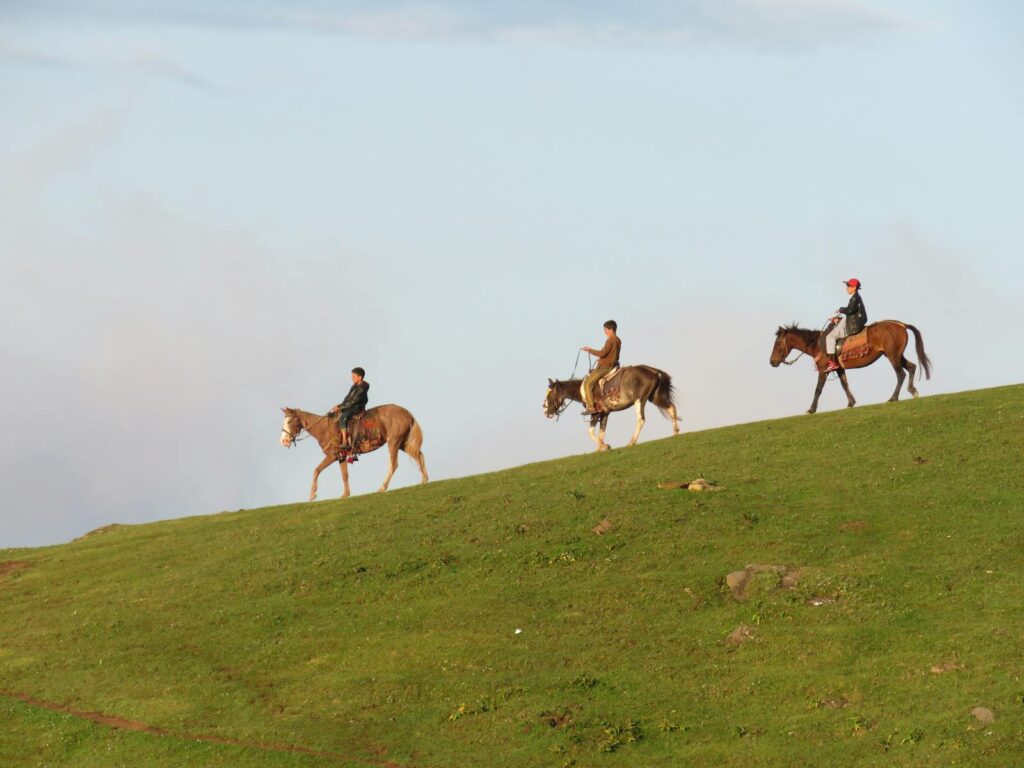
Developing your horse’s endurance requires a methodical approach to training that builds stamina gradually over time. Begin with shorter rides at a moderate pace, focusing on maintaining consistent energy rather than speed or distance. Incrementally increase ride duration by adding approximately 10–15% more distance each week, allowing your horse’s cardiovascular system, muscles, and tendons to adapt properly. Incorporate varied terrain into your training regimen, as climbing hills, navigating uneven ground, and crossing different surfaces all contribute to different aspects of fitness. Always include adequate recovery days between more demanding sessions, as adaptation and strengthening happen during rest periods, not during the work itself.
Nutrition Planning Before Long Rides
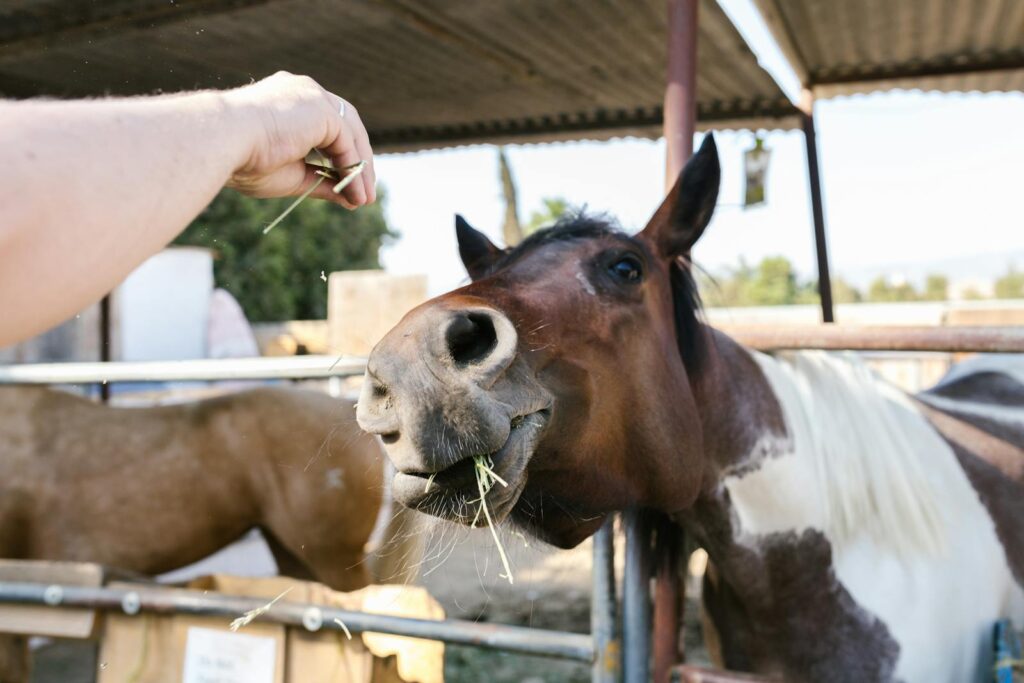
Proper fueling before a long ride lays the foundation for sustained energy throughout the journey. Make sure your horse has access to high-quality forage for at least 48 hours prior to an extended ride, as fiber provides slow-release energy and supports gut health. Adjust grain or concentrate intake according to the expected workload, potentially increasing slightly for very demanding rides, but never making dramatic changes immediately beforehand. For rides exceeding three hours, consider adding a small amount of fat to the diet in the weeks leading up to the event, as fat provides concentrated, slow-burning energy that helps prevent glycogen depletion. Ensure your horse is properly hydrated before departure by monitoring water intake and providing free access to fresh water right up until you begin.
Effective Warm-Up Strategies
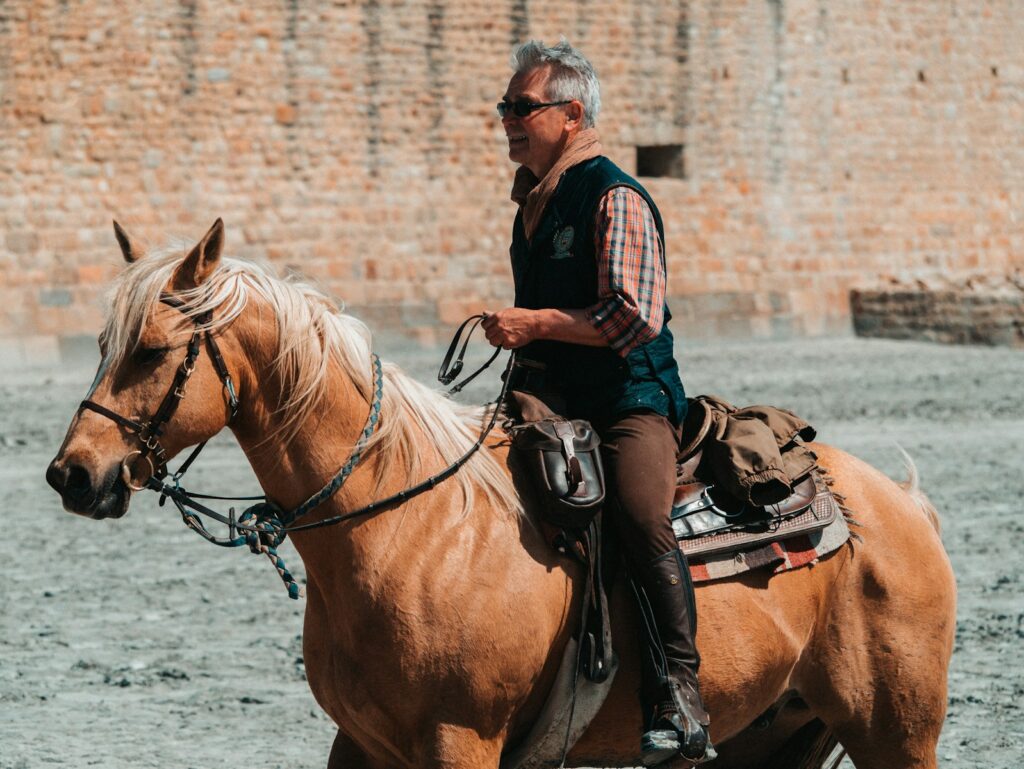
A thorough warm-up is essential before asking your horse to undertake a long ride, helping to prevent injury and conserve valuable energy reserves. Begin with 10–15 minutes of walking to increase blood circulation to muscles and tendons, gradually raising heart rate and body temperature. Include gentle lateral movements and changes of direction to engage different muscle groups and prepare your horse for the varied motions required on the trail. Pay special attention to terrain similar to what you’ll encounter—if your ride involves hills, include some inclines in your warm-up. Monitor your horse’s response closely during this phase: a horse that seems stiff, reluctant, or excessively hot during warm-up may not be physically ready for the demands of a long ride that day.
Mastering Pace Management
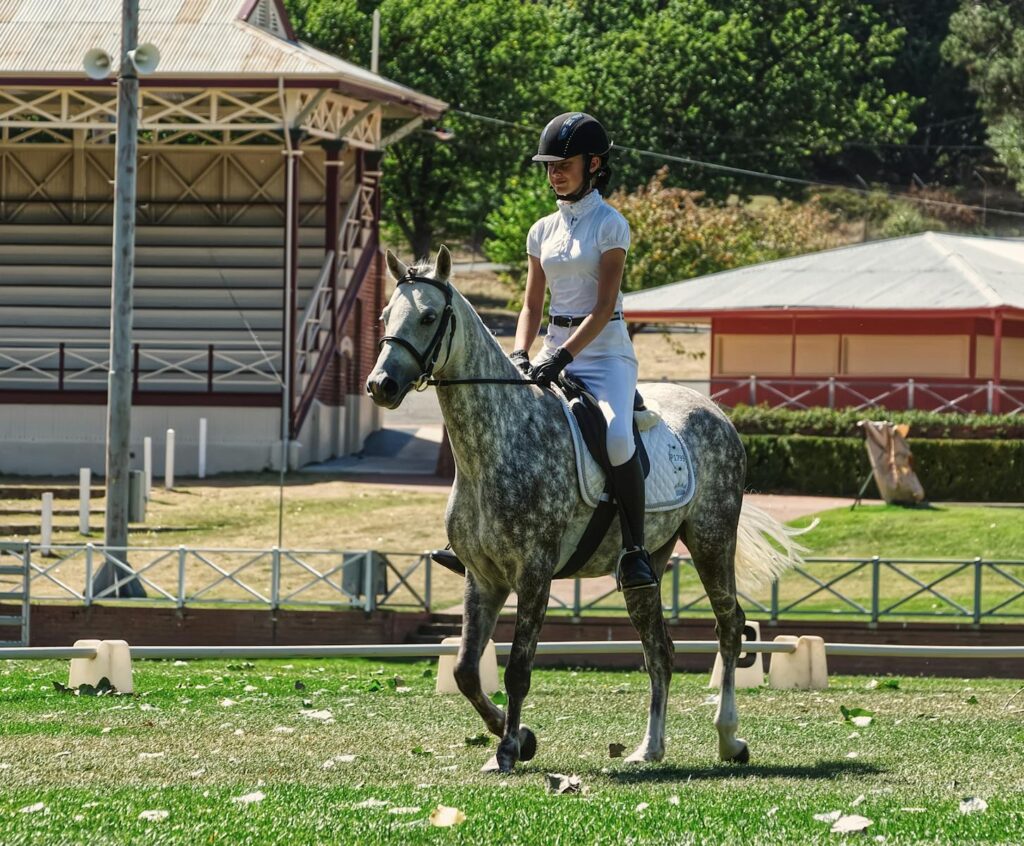
The cornerstone of energy conservation during long rides is proper pace management, which requires the rider to resist the temptation to move too quickly early on. Begin every long ride at a pace slower than you think necessary, allowing muscles to warm up fully and mental focus to develop without unnecessary exertion. Develop an awareness of your horse’s natural rhythm and stride length where they move most efficiently—typically a relaxed, swinging walk or a steady, collected trot or canter, depending on the horse’s training and conformation. Use terrain strategically by walking up steep hills to conserve energy and gently using downhill sections for controlled forward movement that covers ground without excessive effort. Remember that a consistent pace almost always beats bursts of speed followed by recovery periods when managing overall energy expenditure over long distances.
Recognizing Early Signs of Fatigue
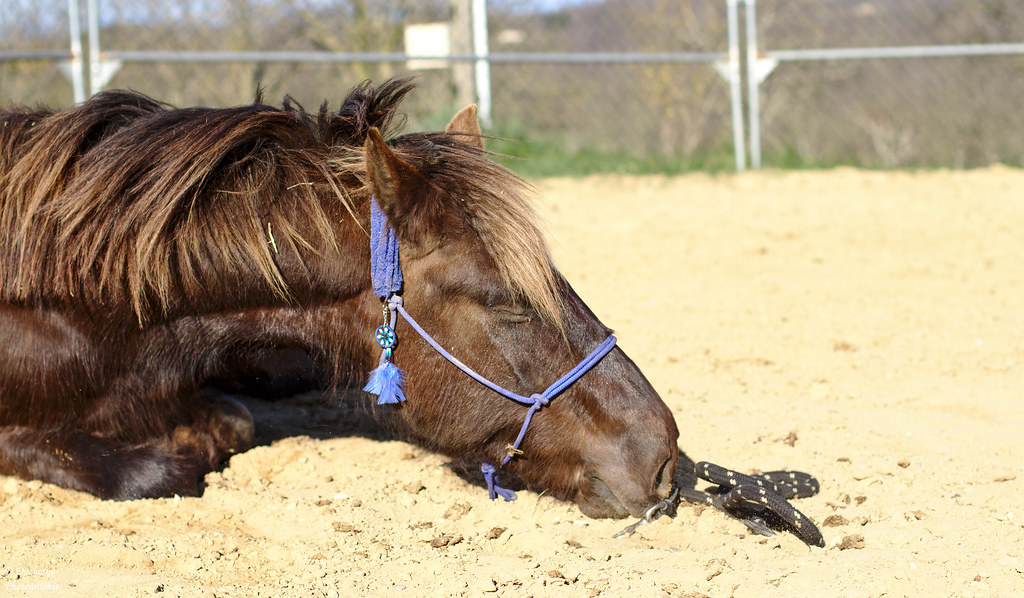
Skilled riders develop the ability to detect subtle signs of fatigue before they escalate into serious issues during long rides. Watch for changes in your horse’s normal movement, such as a shortened stride, reduced impulsion from behind, or an irregular rhythm that may signal muscle fatigue. Stay alert to behavioral shifts, including reluctance to move forward, excessive sweating disproportionate to the temperature and workload, or unusual spookiness that could indicate mental or physical exhaustion. Monitor physiological markers like respiratory rate—labored breathing or prolonged recovery after short rests are key warning signs. Pay close attention to your horse’s response after water breaks or brief rests; if recovery seems slow or incomplete, it’s important to reassess your pace and adjust your riding plan accordingly.
Strategic Rest and Recovery Periods
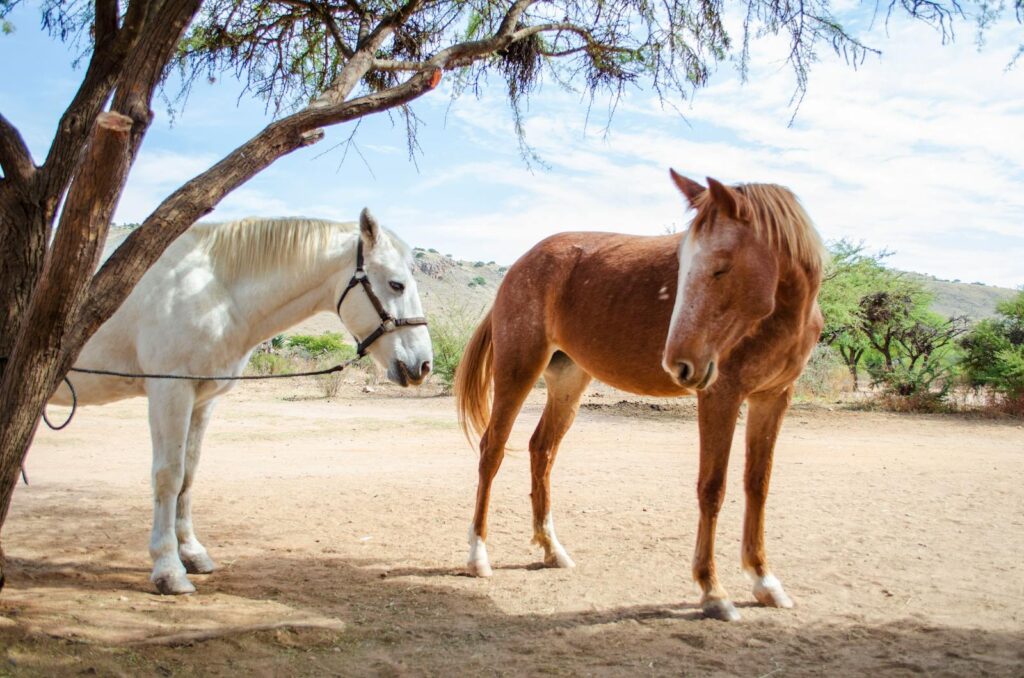
Incorporating planned rest stops into your long-distance riding schedule is essential for managing energy reserves and preventing cumulative fatigue. Aim for brief 5–10 minute breaks about once every hour, giving your horse time to relax both physically and mentally while maintaining enough momentum to prevent muscles from cooling down completely. During longer rest periods of 20–30 minutes, remove the saddle if possible to relieve pressure points and allow the back to recover fully. Use rest stops strategically—take advantage of natural features like stream crossings for water or shaded areas during hot weather. Always monitor your horse’s recovery during these breaks: heart rate should drop noticeably within a few minutes, and breathing should return to normal, signaling readiness to continue.
Hydration and Electrolyte Management
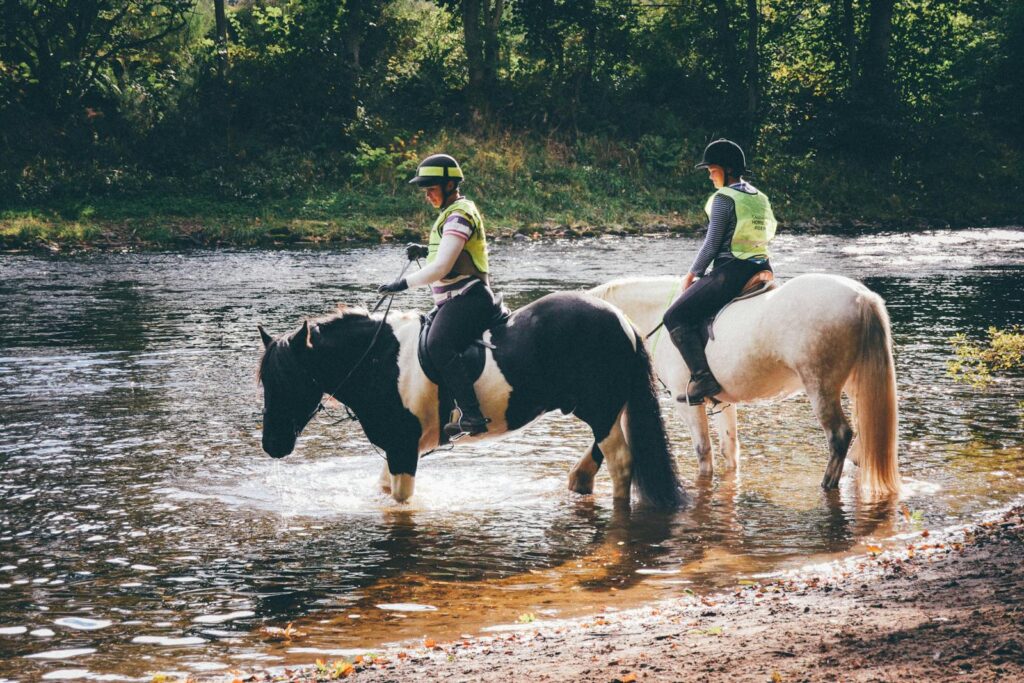
Water and electrolyte balance is one of the most crucial aspects of energy management during extended rides. Encourage drinking at every appropriate opportunity, recognizing that many horses are more likely to drink from natural water sources or familiar buckets than from unfamiliar troughs or streams. Consider carrying electrolyte supplements formulated specifically for horses on rides exceeding two hours, especially in hot weather when electrolyte loss through sweating can be significant. Learn to recognize signs of dehydration, including skin that tents when pinched, tacky gums, or dark-colored urine, and take immediate action if these symptoms appear. Remember that dehydration not only reduces energy levels but also impairs vital functions such as temperature regulation and nutrient transport to working muscles.
On-Trail Feeding Strategies
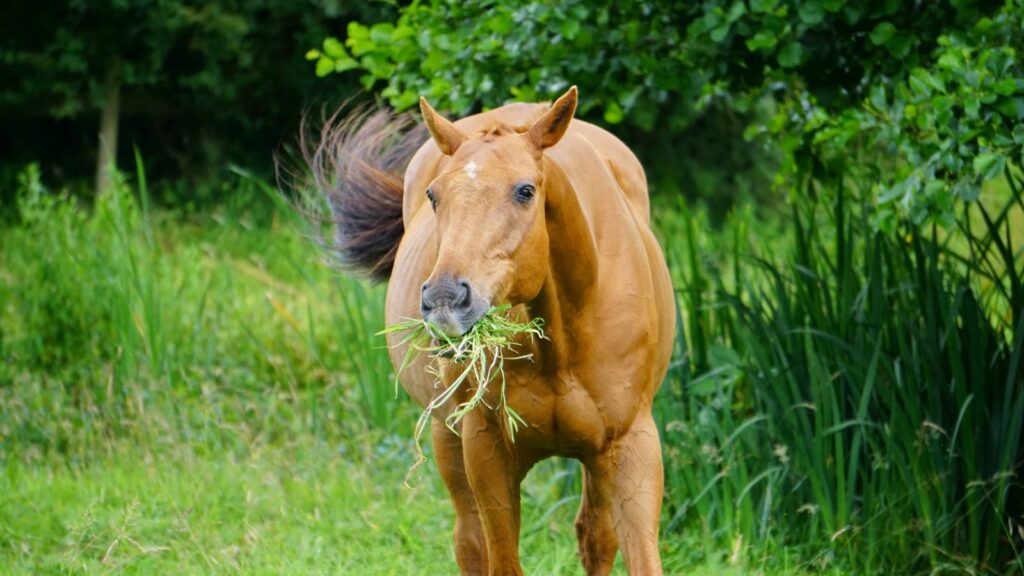
Maintaining adequate fuel intake during long rides helps prevent energy crashes and supports sustained performance throughout the journey. Carry small portions of easy-to-eat forage, such as hay cubes or compressed hay pellets, that can be offered during rest stops to keep the digestive system functioning and provide a steady source of fiber. For rides exceeding four hours, consider bringing fast-acting carbohydrate sources like soaked beet pulp or specialized equine energy mashes that can be quickly prepared with water from your canteen. Time feeding intervals carefully—allow at least 30 minutes after substantial food intake before resuming intense work to avoid digestive discomfort. Keep in mind that a diminished appetite during rides may be an early sign of fatigue or dehydration and should prompt further assessment.
Adapting to Weather and Environmental Conditions
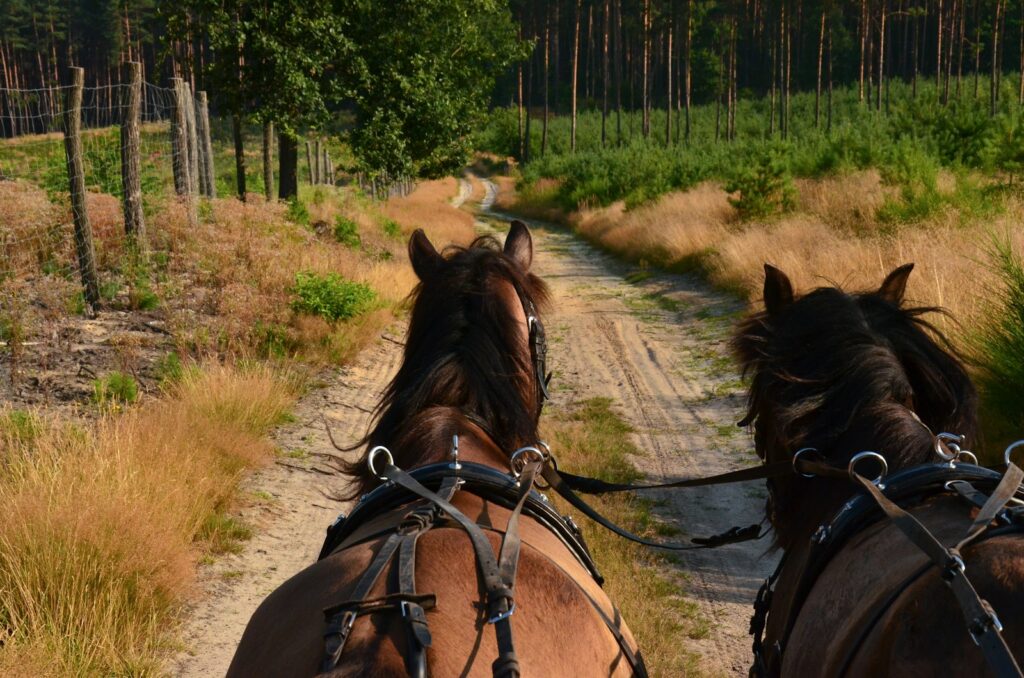
Environmental factors significantly impact how efficiently a horse utilizes energy during extended rides and require thoughtful adjustments to your management approach. In hot, humid conditions, plan to ride during the cooler parts of the day, reduce your pace by approximately 25%, and schedule more frequent breaks in shaded areas to prevent heat stress. During cold-weather rides, allow extra time for thorough warm-ups and consider using quarter sheets to keep large muscle groups warm while moving. Adjust for challenging terrain by planning slower paces and more frequent rest stops when navigating technical trails, rocky ground, or consistently hilly sections. Always build extra time into your ride plan to accommodate environmental challenges without feeling pressured to maintain an unsustainable pace.
Equipment Considerations for Energy Conservation
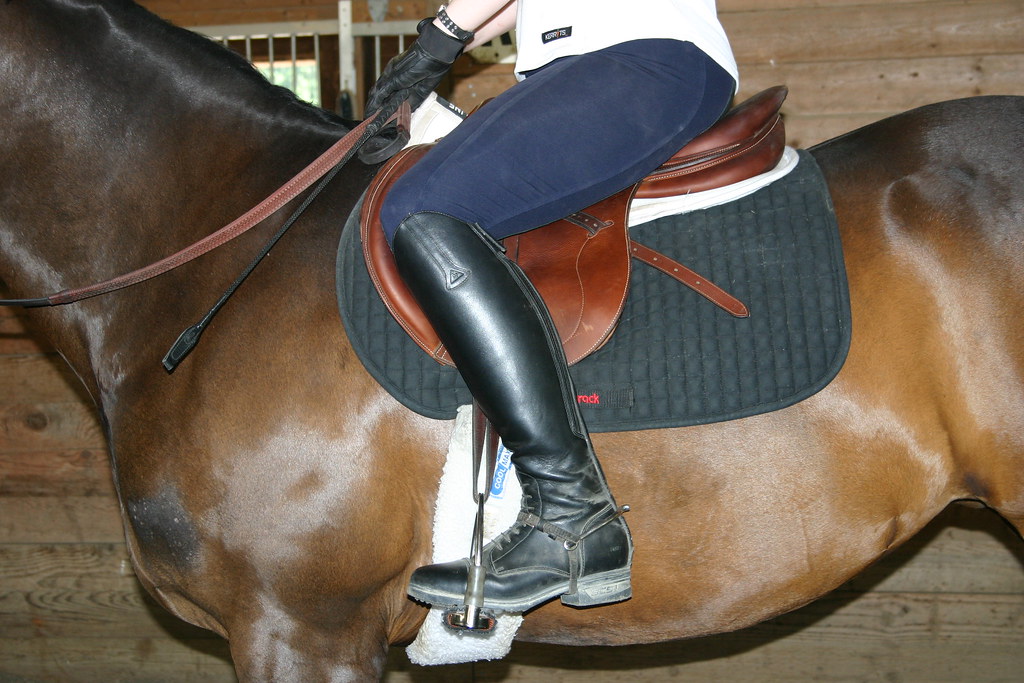
The tack and equipment you select can significantly impact your horse’s comfort and energy efficiency during long rides. Ensure proper saddle fit through professional evaluation, as pressure points or poor weight distribution can cause pain that leads to compensatory movements and wasted energy. Consider using lightweight synthetic tack to reduce the overall load your horse carries—potentially saving several pounds of unnecessary weight. Choose padding that offers adequate protection while allowing for heat dissipation, which is especially important on rides exceeding three hours. For technical trails or varying conditions, boots or shoes with traction features can help your horse move more confidently and efficiently, reducing the energy spent on uncertain footing.
Rider Fitness and Position Awareness

The rider’s physical condition and positional awareness directly influence the horse’s energy expenditure during long rides. Develop your cardiovascular fitness and core strength so you can maintain a balanced, supportive position without adding extra work for your horse through instability or tension. Practice adjusting your position for different terrain—slightly forward for uphill sections, deeper in the saddle with a relaxed lower back for downhill portions, and a centered, light seat on flat ground. Periodically check in with your body during the ride, releasing tension in your shoulders, thighs, and hands that may unconsciously signal anxiety to your horse. Remember that dismounting occasionally during very long rides gives your horse a brief break from carrying weight and allows you to stretch your muscles, potentially improving your own endurance for the journey.
Post-Ride Recovery Protocols
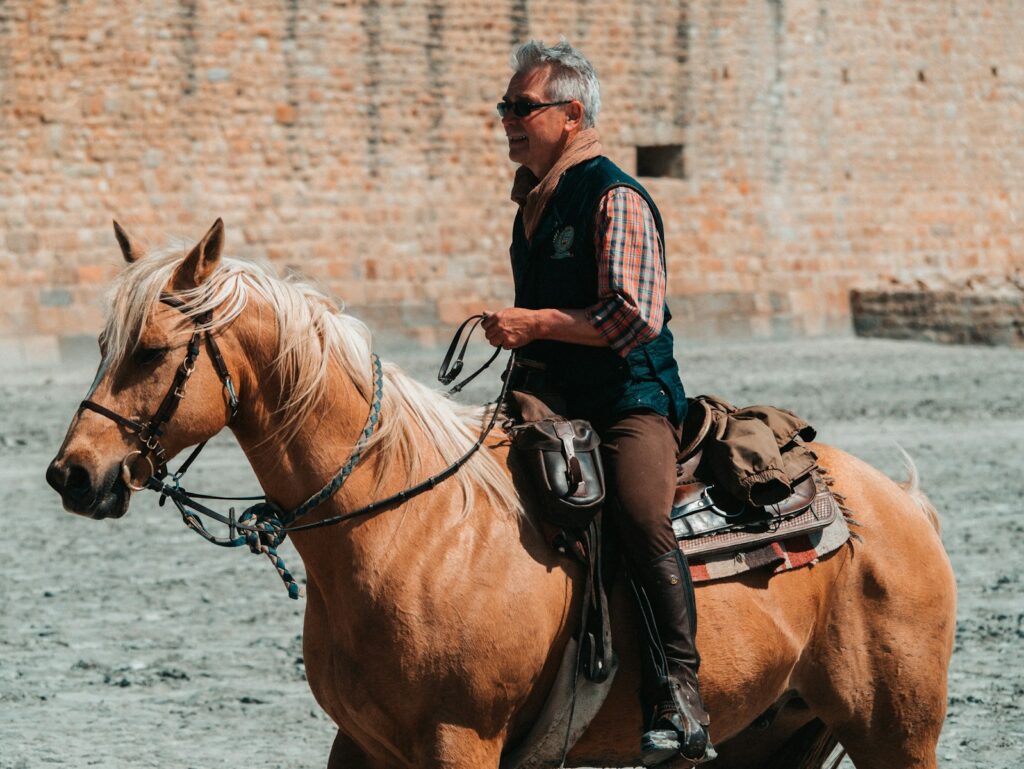
How you manage your horse immediately after a long ride significantly impacts their recovery and energy restoration. Begin with 10–15 minutes of relaxed walking to gradually lower the heart rate and help clear lactic acid from tired muscles. Perform a thorough hands-on assessment, checking for heat, swelling, or sensitivity in the legs and back that may indicate strain needing further care. Offer small amounts of water at first, gradually increasing access as the horse cools down, and provide quality forage to replenish gut fill and begin nutrient replacement. Monitor vital signs—including heart rate, respiratory rate, and temperature—for 24–48 hours after particularly demanding rides, as delayed muscle soreness or subtle metabolic issues may not appear immediately but still require prompt attention if detected.
Building a Long-Term Energy Management Plan
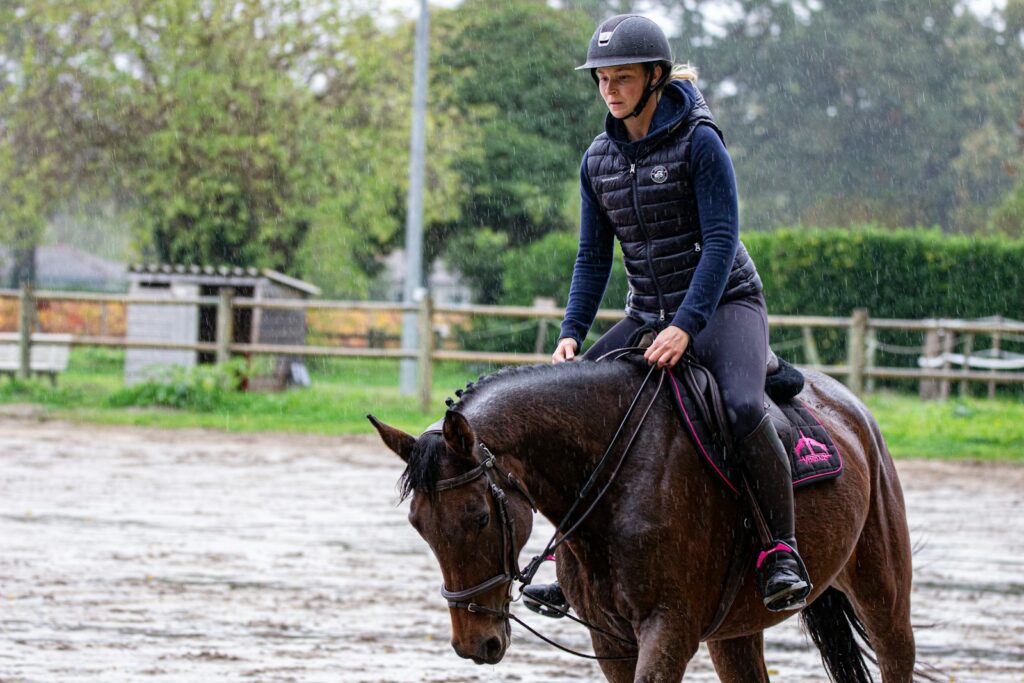
Developing a sustainable approach to energy management across an entire riding season requires thoughtful planning and consistent record-keeping. Keep a detailed log of your horse’s performance during various types of rides, noting signs of fatigue, recovery patterns, and how environmental factors affected their energy levels. Establish a rotation of training intensities throughout the week, incorporating dedicated recovery days alongside conditioning work to prevent cumulative fatigue. Plan your competition or demanding trail ride schedule with enough spacing to allow full physical and mental recovery—typically at least two weeks between major exertions. Remember that energy management is highly individual; what works for one horse may not suit another, so careful observation and a willingness to adjust your approach are key to long-term success with extended rides.
Managing a horse’s energy effectively during long rides is a blend of science, horsemanship, and attentive partnership. By understanding your horse’s individual needs, implementing appropriate training, and making thoughtful adjustments based on real-time feedback, you create the conditions for successful and enjoyable extended journeys together. The strategies outlined in this article offer a solid framework for energy management, but the true art lies in recognizing your horse’s signals and responding to their changing needs throughout the ride. With practice and attention to detail, both horse and rider can finish even challenging rides with energy to spare—ready to embark on new adventures when the next opportunity arises.

